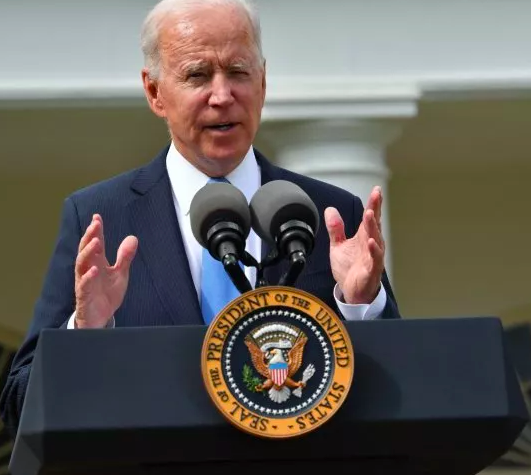Newsweek: President Joe Biden‘s announcement of a $2 trillion plan to rebuild infrastructure and reshape our economy was followed by soundbites by opponents stating that any “infrastructure” plan should only cover traditional infrastructure such as transportation, broadband internet and other basics. The definition of infrastructure is a losing battle on both sides. Instead, we should be asking America: “How do we use this once-in-a-generation opportunity to make America a place we want to live?”
The American Jobs Plan is an opportunity to build back from a pandemic which exasperated the inequities in our country, and recover from an election which continues to brutally divide our nation. We can leverage the stimulus investments to go much further than creating short-term jobs and economic relief. We can and must create a paradigm shift for future infrastructure investments by incentivizing co-benefits that extend across many populations, needs and time scales and have long-term economic payoffs.
Infrastructure designed to reduce flooding with the co-benefit of enhancing greenspace or restoring ecology will also reduce our carbon footprint, provide better health outcomes, elongate human life and ultimately reduce emergency room visits, lowering the costs for Medicaid and Medicare which are funded through our tax dollars. Infrastructure that provides public space can create learning opportunities and build social capital, which is a significant determinant of whether communities will fare better in times of crisis, lowering the death toll of severe events. Well-designed open space and neighborhood institutions, essential “social infrastructure,” can also raise property values, lower crime and build a society that is less reliant on government services and more reliant on neighbors. Moreover, infrastructure that takes into account climate projections for the full life of the project will ensure that our grandchildren do not have to rebuild what our generation has already invested in. These projects would also garner stronger stakeholder support, ensuring they are built faster and less expensive.
Here is how we do it. First, we mandate the use of benefit-cost analysis that quantifies future climate needs, and more heavily weighs the co-benefits to public health, ecology and social infrastructure in all spending. By writing these metrics into the legislation or funding requirements, Congress can drive change in the way we design and rebuild our country. Where possible, every dollar we spend must provide multiple benefits.
Currently, federal agencies do not use a uniform benefit-cost analysis, and those who do often exclude social and ecological benefits from their calculations. If tied to the Jobs Plan, the initiative would become a model for driving long-term change throughout the federal infrastructure agencies to better weigh investment opportunities against one another, and the resulting projects will be in-line with President Biden’s broader agenda to address environmental injustice and climate change through investments in clean energy, modernizing transportation networks and public schools, building affordable housing and reconnecting neighborhoods historically cut off by infrastructure investments.
Second, instead of requiring so-called shovel ready projects, incentivize thoughtful processes that build for the future. Most local governments do not make the deep investments needed in engineering studies and environmental reviews for large-scale projects until construction money is available. That means that most shovel ready projects are taking plans off the shelf and implementing the project the exact same way we did it before—applying Band-Aids to a chronic illness. A shovel ready street project would rebuild or repave an existing road, just as it was, without determining if there are opportunities to create co-benefits, such as drainage improvements, or planting trees to reduce urban heat island. That same street may be located in a floodplain and should actually be raised or moved inland for long-term protection, or the money better utilized in an area of greater need, yet there are no off-the-shelf plans for the more worthy location.
By setting the aspirations high in the Plan’s requirements, we can drive better projects from inception, while saving money on the federal, local and community scales for generations to come. Read here>>
Amy Chester is the managing director of Rebuild by Design, a nonprofit housed at NYU’s Institute for Public Knowledge which brings together international experts to work with local government and community members to create large-scale infrastructure to address climate change.
